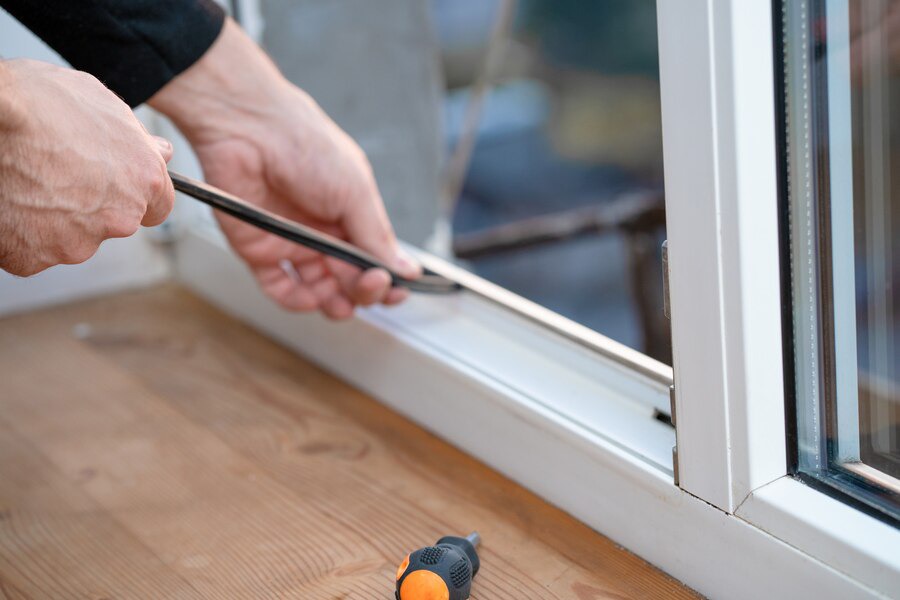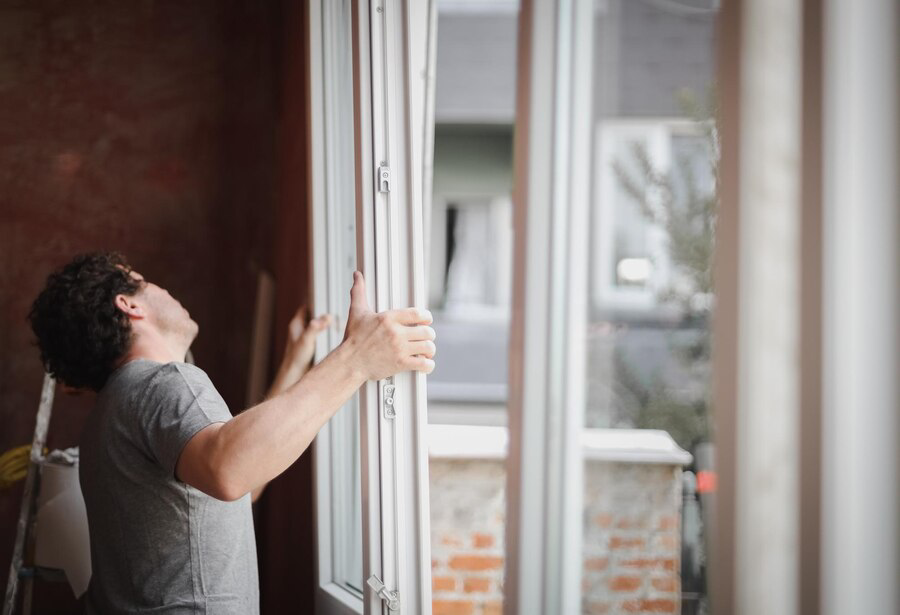
How to Finance Your Replacement Windows Project
Replacing windows is a significant home improvement project that can enhance both the aesthetic appeal and energy efficiency of your home. However, financing this upgrade can seem daunting given the potential costs involved. Whether you’re upgrading for better insulation, improved curb appeal, or simply replacing old, drafty windows, understanding your financing options can make the process more manageable and affordable. In this guide, we’ll explore various methods to finance your replacement windows project. From traditional methods like personal loans and home equity lines of credit, to specialized financing options offered by window manufacturers and installers, we’ll provide you with the information you need to choose the best option for your financial situation. By exploring these strategies, you can make an informed decision and ensure that your window replacement project is a smooth, stress-free experience.
Exploring Financing Options for Your Window Project
Upgrading or replacing windows can significantly enhance the aesthetic appeal, energy efficiency, and overall value of your home. However, with costs often running into thousands of dollars, it’s crucial to explore various financing options to make this investment manageable. Understanding the different methods available can help you find the most suitable solution for your budget and financial goals. Here are eight popular financing options to consider for your window project:

Home Equity Loan
A home equity loan allows you to borrow against the value of your home. This type of loan offers a lump sum with a fixed interest rate and a fixed repayment term. It’s often used for major home improvements like window replacement. One key advantage is the potential for lower interest rates compared to other loans, as your home serves as collateral. However, if you fail to repay, you risk losing your home.
Home Equity Line of Credit (HELOC)
Similar to a home equity loan, a HELOC lets you borrow against the equity in your home, but instead of a lump sum, you get a line of credit that you can draw from as needed. HELOCs generally come with variable interest rates and offer more flexibility in borrowing and repayment. This can be advantageous if you’re undertaking a large project and need to manage cash flow throughout the process.
Personal Loan
A personal loan is an unsecured loan that doesn’t require collateral, meaning you’re not putting your home at risk. Personal loans typically have higher interest rates compared to secured loans, but they can be a good option if you don’t have significant home equity or prefer not to use it. Loan amounts and terms can vary, so it’s important to shop around for the best rates and conditions.
Credit Card
Using a credit card to finance your window project is another option, particularly if you have a credit card with a high limit and a promotional 0% APR offer. This can provide short-term financing without immediate interest costs. However, this option may not be ideal for large projects due to high interest rates once any promotional period ends, and the impact on your credit utilization ratio.
Cash-Out Refinance
A cash-out refinance involves taking out a new mortgage to replace your existing one and borrowing extra funds based on your home’s equity. This can be an effective way to finance home improvements while potentially securing a lower interest rate on your overall mortgage. However, it will extend your mortgage term and potentially increase your monthly payments.
Comparing Financing Plans Offered by Window Contractors
When undertaking a window replacement or upgrade project, many homeowners turn to financing options provided by window contractors. These plans can offer convenience and potentially favorable terms, but it’s essential to understand the details before committing. Comparing different financing plans helps ensure you select the best option for your budget and needs. Here’s a detailed look at eight common financing plans offered by window contractors:
No-Interest Financing
Many window contractors offer promotional no-interest financing plans, typically for a set period, such as 12, 24, or 36 months. This plan allows you to pay off your project within the promotional period without incurring interest charges. It’s an attractive option if you can pay off the balance within the specified timeframe, as it effectively becomes an interest-free loan. However, if you miss payments or do not pay off the balance within the promotional period, you may be charged retroactive interest.
Low-Interest Financing
Low-interest financing plans offer lower-than-average interest rates, which can make your monthly payments more affordable compared to higher-interest loans. These plans may be available with fixed or variable rates and are ideal if you need a longer repayment term. Always check the terms to understand how the interest rate applies and whether it changes over time.
Deferred Payment Plans
Deferred payment plans allow you to start making payments at a later date, often after the installation is complete. This can be beneficial if you need time to manage your finances or want to avoid immediate out-of-pocket costs. However, it’s crucial to understand whether interest accrues during the deferred period and the total cost of financing over time.
Flexible Payment Plans
Flexible payment plans offer various repayment options, allowing you to choose a plan that fits your budget. These might include bi-weekly or monthly payments with the ability to adjust the payment amount or frequency as needed. Flexibility can help you manage cash flow and align payments with your financial situation, but be sure to review any associated fees or changes in terms.
Buy Now, Pay Later (BNPL)
Some contractors offer BNPL plans, where you can acquire the windows and defer payments for a set period, often with no interest if paid off within the promotional timeframe. These plans can be convenient for those who need to delay payment but must be cautious of potential high-interest rates if the balance is not paid off promptly.
Tips for Budgeting and Saving for Your Window Replacement
Replacing windows is a significant home improvement project that can greatly enhance energy efficiency and curb appeal. Proper budgeting and saving are essential to ensure you can comfortably manage the costs without financial strain. Here are some key tips to help you budget and save effectively for your window replacement project.
- Determine Your Budget: Start by setting a clear budget for your window replacement project. Consider factors like the number of windows, type of materials, and installation costs. Research typical costs to get an accurate estimate.
- Get Multiple Quotes: Obtain quotes from several contractors to compare prices and services. This helps you understand the market rate and choose a cost-effective option that fits your budget.
- Save for a Down Payment: If financing is part of your plan, saving for a down payment can reduce the amount you need to borrow and lower your monthly payments. Aim to save at least 10-20% of the total project cost.
- Create a Dedicated Savings Account: Set up a separate savings account specifically for your window replacement fund. This helps keep your savings organized and prevents you from spending the money on other expenses.
Conclusion
Financing your replacement windows project doesn’t have to be overwhelming. By exploring various options such as personal loans, credit cards, or specialized home improvement financing, you can find a plan that suits your budget and needs. Each financing option offers different benefits, so it’s essential to evaluate them based on your financial situation and project goals. Remember to also consider any potential incentives or rebates that may be available to help offset costs.
For personalized assistance and expert advice on financing your replacement windows, EZ Window Solutions of Cleveland is here to help. Contact us at 440-773-4396 to discuss your project and explore the best financing solutions tailored to your needs. Our team is committed to ensuring a seamless and stress-free experience for you.


Write a Comment